UCSB Arts & Lectures
____________________________________ ____________________________________
_____________________ _____________________
Redefining Cultural Impact
Story By Charles Donelan | Published April 20, 2019
Thanks to the tireless and innovative programs of UCSB Arts & Lectures, Thursday, April 4, was ukulele day in Santa Barbara. In the morning, YouTube star and ukulele virtuoso Jake Shimabukuro got things started at the Granada in front of more than 1,000 schoolchildren. The students attended the free concert as part of Arts Adventures, a collaboration between Arts & Lectures and the University’s Office of Education Partnerships that links field trips to The Granada Theatre with the idea of possibly going to college. Later that same day, Shimabukuro performed at the Isla Vista School and on campus at Storke Plaza.
If you haven’t yet seen him, know that this young man from Hawai‘i does things with his instrument that have earned him the accolade that he’s “the Jimi Hendrix of the ukulele.” What counts as high praise for his musicianship does little, however, to convey the wholesome qualities he conveys as an individual. Largely self-taught, endearingly humble, and devoted to bringing a message of hope to audiences of all ages, Shimabukuro is the antithesis of negative millennial stereotypes. For a whirlwind introduction to what he can do, check out the video that launched him, a cover of George Harrison’s “While My Guitar Gently Weeps” that’s been viewed more than 16 million times.
That night, the seven members of the Ukulele Orchestra of Great Britain entertained a packed Campbell Hall with even more clever ukulele arrangements and their signature brand of dry humor. The audience for this performance was mostly older, and it’s possible that some of those present could remember when singer and comedian George Formby established the ukulele as a staple of popular culture in the U.K. Yet to understand why this little instrument rated an entire day of such varied activities, it’s necessary to go beyond what we know about ukulele players, past and present.
“For some of our patrons, this program is why they moved here.”
— Celesta Billeci, Miller McCune executive director of UCSB Arts & Lectures
What made ukulele day such a success was the degree to which it fit the mission of Arts & Lectures, which is to provide access to great events for all ages, all the time, and all over town. In one day, this coordinated series of concerts entertained a diverse audience that numbered in the thousands. Through the Arts Adventures program, ukulele day brought young people to campus who might not otherwise ever visit UCSB, or consider going to college as an option for themselves. For those of us who are past school age, the evening performance by the Ukulele Orchestra of Great Britain was a fun and fresh experience, representative of the unexpected offerings that Arts & Lectures provides that are often unavailable anywhere else on the Central Coast. From morning until night, the bright and funky sound of the ukulele, expertly played, acted as a clarion call to community.
For 60 years, UCSB Arts & Lectures has been bringing performances, lectures, and films to Santa Barbara that challenge us to become not just the most beautiful place to live in America but also one of the world’s most thoughtful and compassionate societies. Building on our city’s longstanding tradition of providing an alternative approach to living on the West Coast, Arts & Lectures dares to espouse a vision of life here that’s equally oriented toward wholeness and virtuosity. Sara Miller McCune, whose support has meant so much to the program over the past two decades, summarized its significance this way:
“First and foremost is the sheer number and variety of exciting events Arts & Lectures brings to us. Second, it is virtually impossible to imagine any other community of our size — which is relatively modest — having as much high-quality exposure to the good and the great as we do. It is on a par with what you would normally expect if you lived in a major metropolitan area like London or New York. Third, it bridges the town-gown divide.”
Echoing this estimation, but from the perspective of the program itself, Celesta Billeci, the Miller McCune executive director of UCSB Arts & Lectures, told me that “for some of our patrons, this program is why they moved here.”
Expanding in Stages
The Arts & Lectures story begins in the late 1950s, when UCSB first took possession of its current campus location on the bluffs in Goleta. Funding for cultural events at this outpost of University of California, President Clark Kerr’s “multiversity,” flowed freely, even if it did so in what are by today’s standards relatively small amounts. One of the first speakers to visit the campus under the direction of the new program was author Aldous Huxley, who gave a series of lectures that included some of his speculations on the human potential of psychedelic substances. When author Michael Pollan arrives on Tuesday, April 23, to discuss his latest book, How to Change Your Mind, the conversation that Huxley began will have come through a full 60-year circle.
Although Arts & Lectures began as a faculty-run operation, the professors soon realized that the job required a full-time director, and, as a result, they appointed Margaret “Peg” Armstrong as the first head of A&L in 1959. The market for cultural events across the western United States at the time was in its infancy, but Santa Barbara, with its longstanding tradition of commitment to the arts, proved to be a particularly fertile spot for the kind of programming that Armstrong championed. With the completion of Campbell Hall in 1962, the program took off, and by 1967, Armstrong, along with the directors of similar programs at the other universities and cities across the west, had formed an organization, the Alliance of Western Colleges for Cultural Presentations, that would prove to be a crucial step in the development of a network that allowed performers from all over the world to afford regular tours in California and beyond. In 1974, the group changed its name to the Western Alliance of Arts Administrators, and in 1998, they shortened it to the Western Arts Alliance.

For Armstrong’s successor, an arts administrator from the East Coast named Jan Oetinger, the economic environment beginning in 1980 was quite different. The days of total reliance on university support were over, but the impact of federal programs like the National Endowment for the Arts (NEA) was reaching a peak. Another important organization arose in 1985 to streamline booking procedures and to generate efficiencies of scale for artists touring the West Coast, this one called California Presenters. Arts & Lectures plays a key role in the organization to this day; A&L Programming Manager Heather Jeno Silva is its current president.
Following cutbacks to federal funding of the arts in the late 1990s and early 2000s, yet another era came to Arts & Lectures, and with it the dynamic leadership of the woman who heads the organization today, Celesta Billeci. With experience at UCLA’s Center for the Art of Performance and a passion for developing lasting relationships with top artists, Billeci came to town understanding that she would need a strong team of patrons from within the Santa Barbara community to realize her ambitious plans. This strategy of seeking sustained support from leading philanthropists ushered in a golden age for the program that has lasted nearly 20 years, and that looks set to continue for many decades to come.
Roughly speaking then, there have been three eras in the evolution of Arts & Lectures: an initial period of relative plenty driven by California state investment in higher education, a middle period of increasing dependence on national sources of funding like the NEA and the National Endowment for the Humanities, and the current period of merging with the greater Santa Barbara community. Behind these three phases lies a single crucial factor, which is the westward pivot in American national culture. From Gustavo Dudamel at Disney Hall to Beyoncé and hologram Tupac at Coachella, the country’s cultural center of gravity has shifted away from the East Coast and New York to the West Coast and the cities of California. And it’s not just that people all over the world are paying more attention to live performances that originate here; there’s also a migration, in part driven by technology, of people who can choose to live anywhere and who, as a result, choose to live here.
Pursuing Greatness, Measuring Impact
This year, the total number of attendees for the current Arts & Lectures season will surpass 100,000. In the 2017-18 season, which was hampered by fire and mudslides, the number was already very close: 99,771. That’s more than the entire population of the city of Santa Barbara. But push a little further into the statistical record as presented in the organization’s “Impact Report” for the 2017-18 season, and you’ll find a lot more happening below the surface of A&L’s public programming. In the 21st-century, community-driven phase of its development, A&L has adapted to the new funding environment by absorbing the lessons learned in Santa Barbara’s thriving nonprofit sector. Alongside partners like Sara Miller McCune and Lynda Weinman, the organization has become progressively savvier in the methods it uses to measure and pursue impact.
Programming decisions are still made from an intuitive point of view that’s the product of decades of firsthand experience, but increasingly the way that these performances and ideas are implemented involves taking into consideration what will do the community the most good. It’s one thing to attract the best artists in every category, and another to know that what you are doing is changing the lives of the people in your region for the better. Once upon a time, it was enough to believe that arts and ideas improved people simply by being available, however narrowly the latter term was defined. Today, we expect more in the way of evidence for these claims, and Arts & Lectures stands at the forefront of that shift in understanding.

Considered from this new, data-driven perspective, programming that might seem whimsical, like ukulele day, suddenly comes into sharp focus. Every component of that carefully planned April 4 operation was designed to meet an impact goal, and the whole sequence was coordinated so that each individual engagement would be treated as equally important. In the several hours that I spent discussing the organization’s goals and mission with the staff, one message kept coming through loud and clear — all of the events that Arts & Lectures presents are of equal importance. Whether you are a season ticket holder at a sold-out performance at the Granada, or a 4th grader from Lompoc taking the bus to UCSB campus for the first time, the program aims to make that moment as great as possible for you.
The way that we measure the impact of the arts has evolved. It’s not just that elitism has been abandoned in favor of popularity; on the contrary, A&L’s power to mobilize elite performers and to attract discerning patrons has never been stronger. But the notion of where culture begins and ends has been transformed. What was conceived as a support for the intellectual life of university faculty who missed the cultural options they enjoyed as graduate students in Boston, New York, and Chicago is now understood as the source of potentially life-changing moments in the lives of all our citizens, including those who may be the first in their families to go to college.
Here Comes a Regular
No discussion of Arts & Lectures would be complete without confronting common misperceptions about the frequency with which certain artists return season after season. Yes, it’s true that David Sedaris is as much a regular at the Arlington as Santa Barbara International Film Festival Executive Director Roger Durling, but it’s not necessarily for the reasons you might suppose. Demand plays a role, and loyalty is a factor, but the real reason why legends such as Wynton Marsalis and Yo-Yo Ma keep coming back to Santa Barbara and to Arts & Lectures lies in their capacity for growth and development.
These men started out as virtuoso instrumentalists, but over time they have acquired reputations that are based on something that’s even more rare than once-in-a-generation talent, and that’s the vision needed to change the course of an art form. Through the Silkroad project, Ma has become the most influential classical musician of our time. The approach of that group — which will make a triumphant return to the Granada on Friday, April 26, for a program titled Heroes Take Their Stands that was commissioned by A&L — has influenced an entire generation of young musicians, many of whom, like Brooklyn Rider and The Knights, have also performed here. Ma will return to the Granada on the night after the Silkroad concert to offer his reflection on Culture, Understanding & Survival. There’s no one I would rather hear at this critical point in history.

Marsalis, for his part, succeeded not only in establishing the Jazz at Lincoln Center Orchestra back in 1987, but in creating the world’s only venue entirely devoted to the art of jazz, the Jazz at Lincoln Center facility in Columbus Circle, Manhattan, with its three concert venues, including the 1,200-seat Rose Theater. His appearance at the Granada in the fall of 2018 was surrounded by a whirlwind of outreach activities, including a thrilling Arts Adventure that exposed grade-school students to the wonders of big-band jazz and modern dance.
Sedaris represents Arts & Lectures’ remarkable sensitivity to changes in the media ecosphere. He’s a writer who connects with his audience in a way that only a small handful of writers do — another is Neil Gaiman, and both are on the spring calendar for 2019. What sets Sedaris apart is his ability to transcend genre through the fundamental role of voice in both writing and audio. It was radio that first brought him to a broader audience, and the audio recordings he has made of his books have cemented his position at the center of American essay writing for the past two decades. Likewise, it’s Gaiman’s ability to cross from graphic novel to film and beyond that’s made his work so compelling. This spring he’ll be reading from a new collection, Norse Mythology, which he’s told in his own inimitable style.
For Roman Baratiak, the programmer whose tenure exceeds that of any other such figure in the region, bringing the most important writers and thinkers in the world to Campbell Hall and the Arlington is a near obsession. Whether we are talking about His Holiness the Dalai Lama or talking with the Dalai Lama’s good friend Pico Iyer, Baratiak’s intent is always the same: to put the best in contemporary thought and knowledge up for discussion. With roots in film programming that extend back to his undergraduate days, Baratiak has pioneered several film initiatives within Arts & Lectures, including the enormously popular Free Summer Cinema series at the Courthouse.
Next-Generation Innovations
Two particularly forward-looking recent initiatives also deserve our attention before we sign off to go check out some of these amazing events. First, there’s ¡Viva el Arte de Santa Bárbara!, a Spanish-language program that brings top artists to venues like the Marjorie Luke Theatre at Santa Barbara Junior High School. Entirely free and already very popular, ¡Viva el Arte de Santa Bárbara! brings Arts & Lectures programming into the lives and hearts of a growing number of residents whose first language is not English, or who just enjoy great music.
A&L’s new Thematic Learning Initiative derives from the support and vision of sponsors Lynda Weinman and Bruce Heavin. This program augments the local appearances of important authors by distributing their books to members of the community for free and arranging for small groups of people who work in relevant professions to meet with them. For example, this spring Beth Macy, the author of Dopesick: Dealers, Doctors, and the Drug Company that Addicted America, gave a public lecture at Campbell Hall and also conducted grand rounds with the doctors at Cottage Hospital.
It’s innovative ideas like these that will keep UCSB Arts & Lectures at the center of our culture for many decades to come.


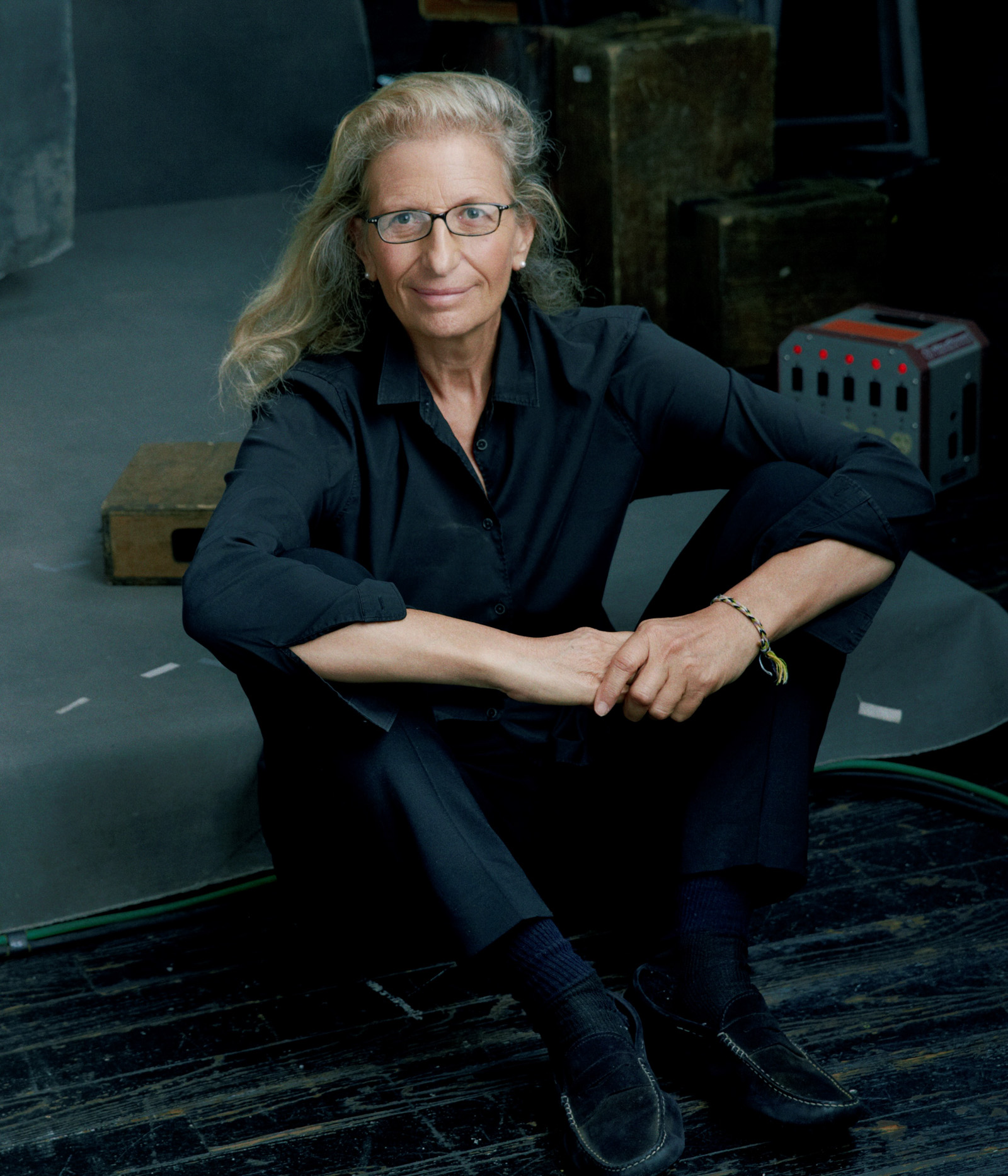
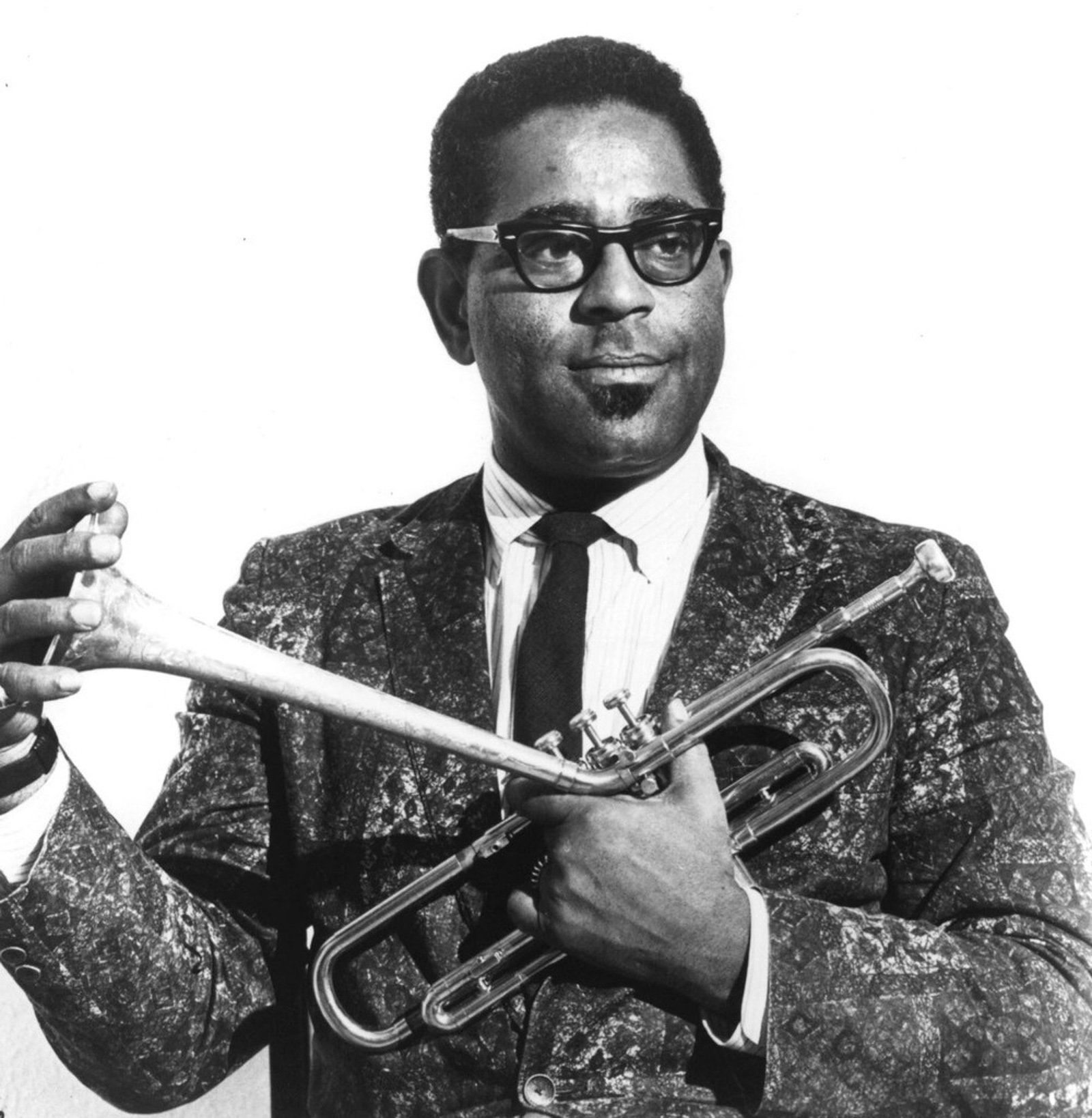
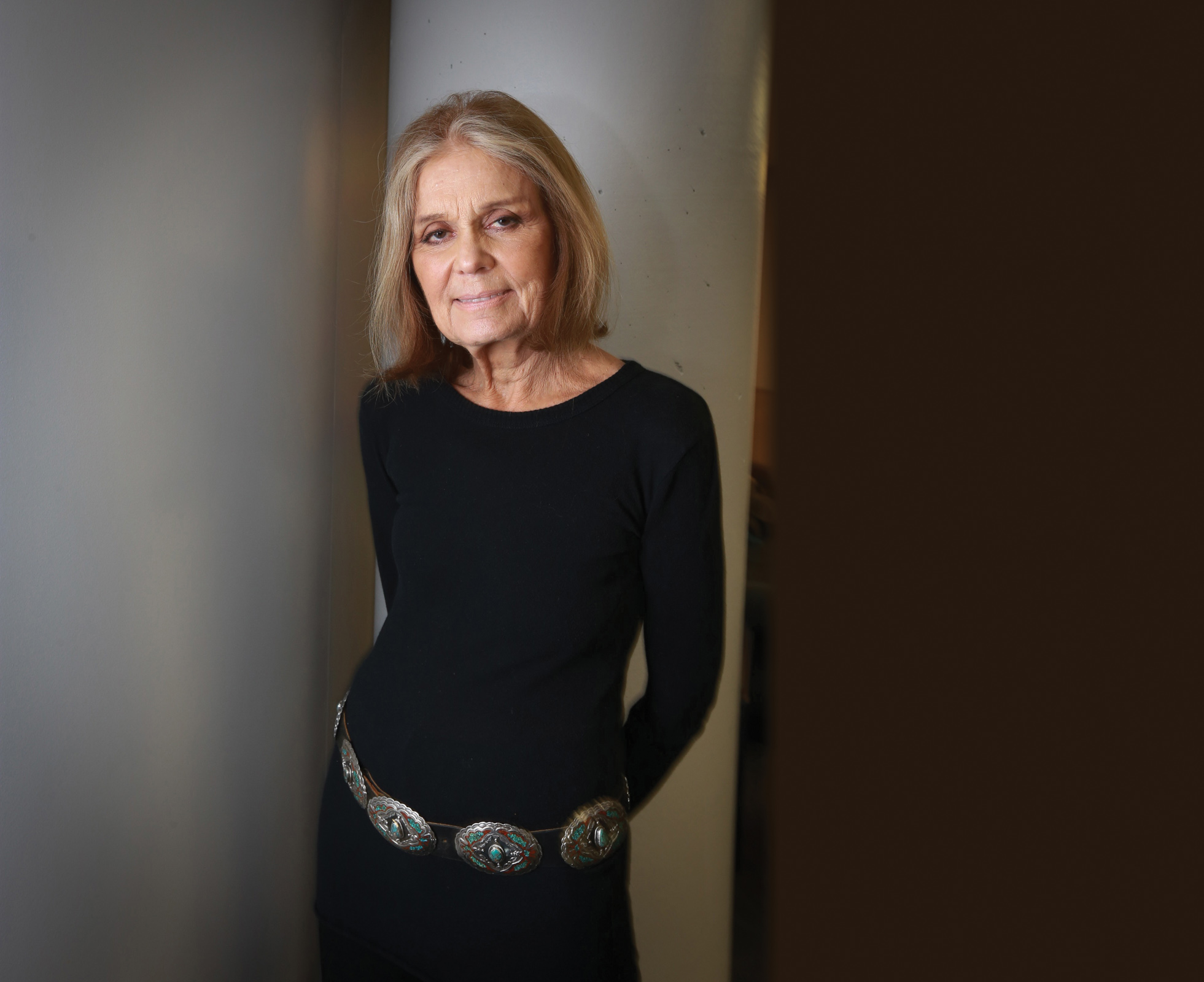
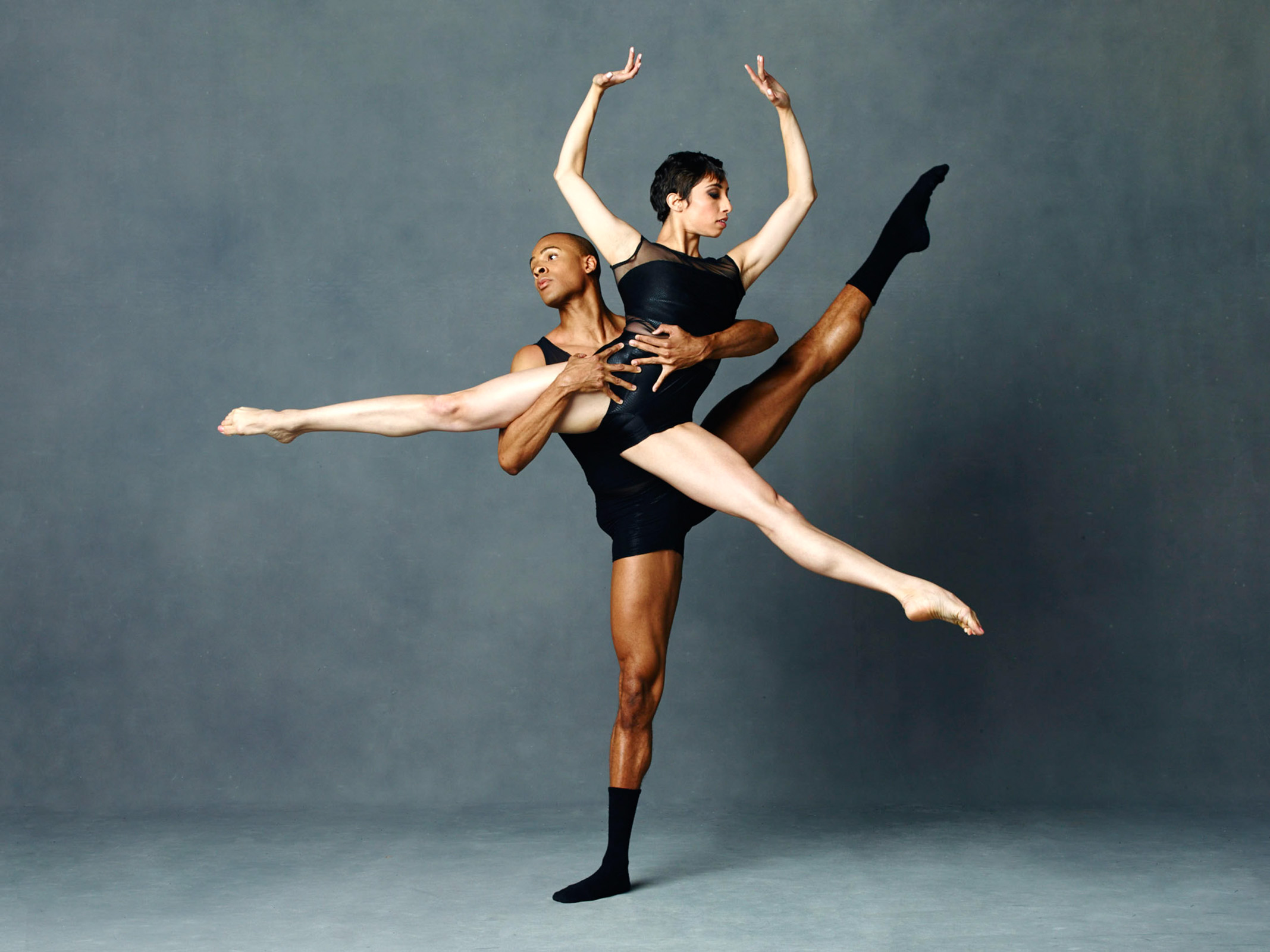
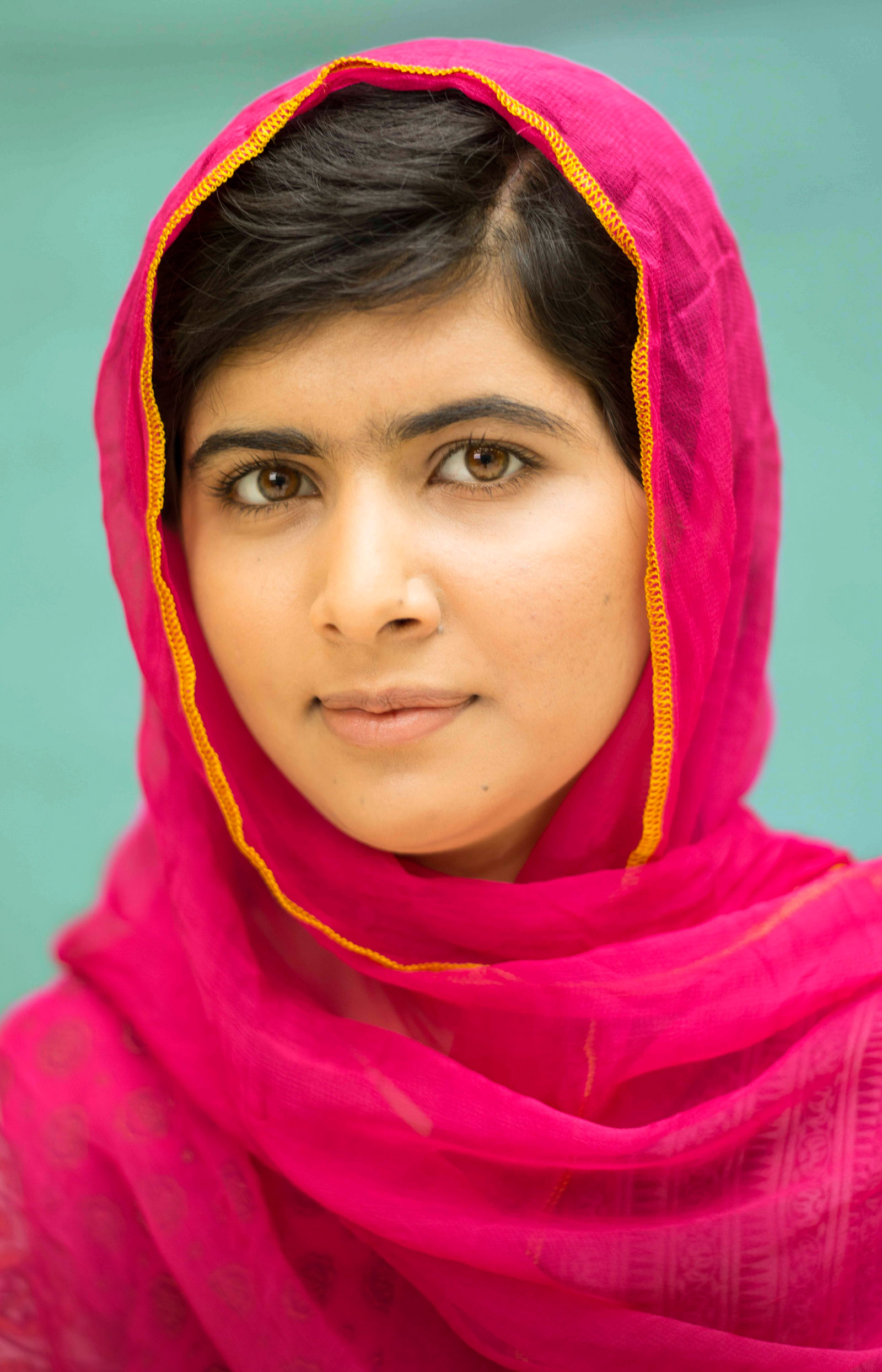
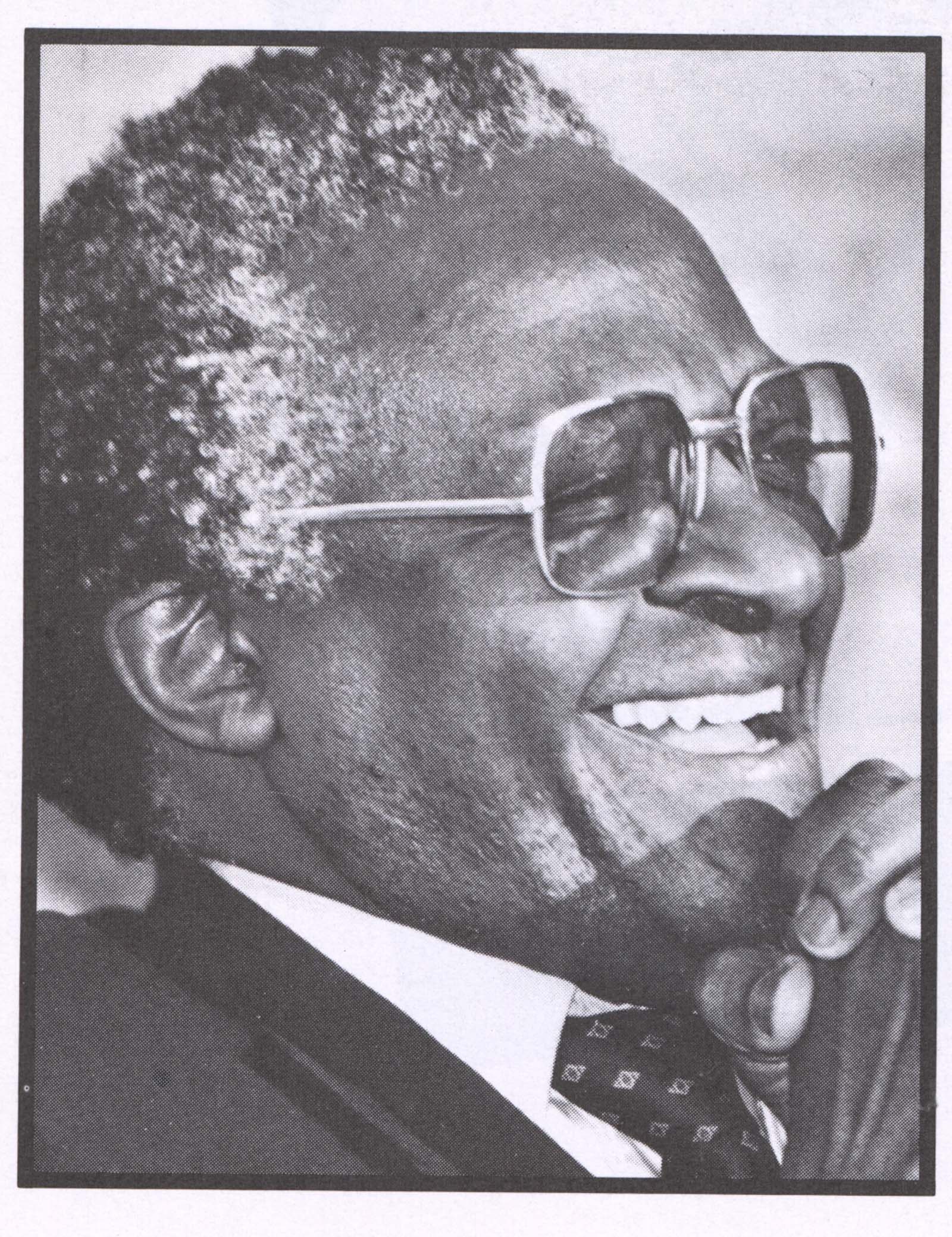
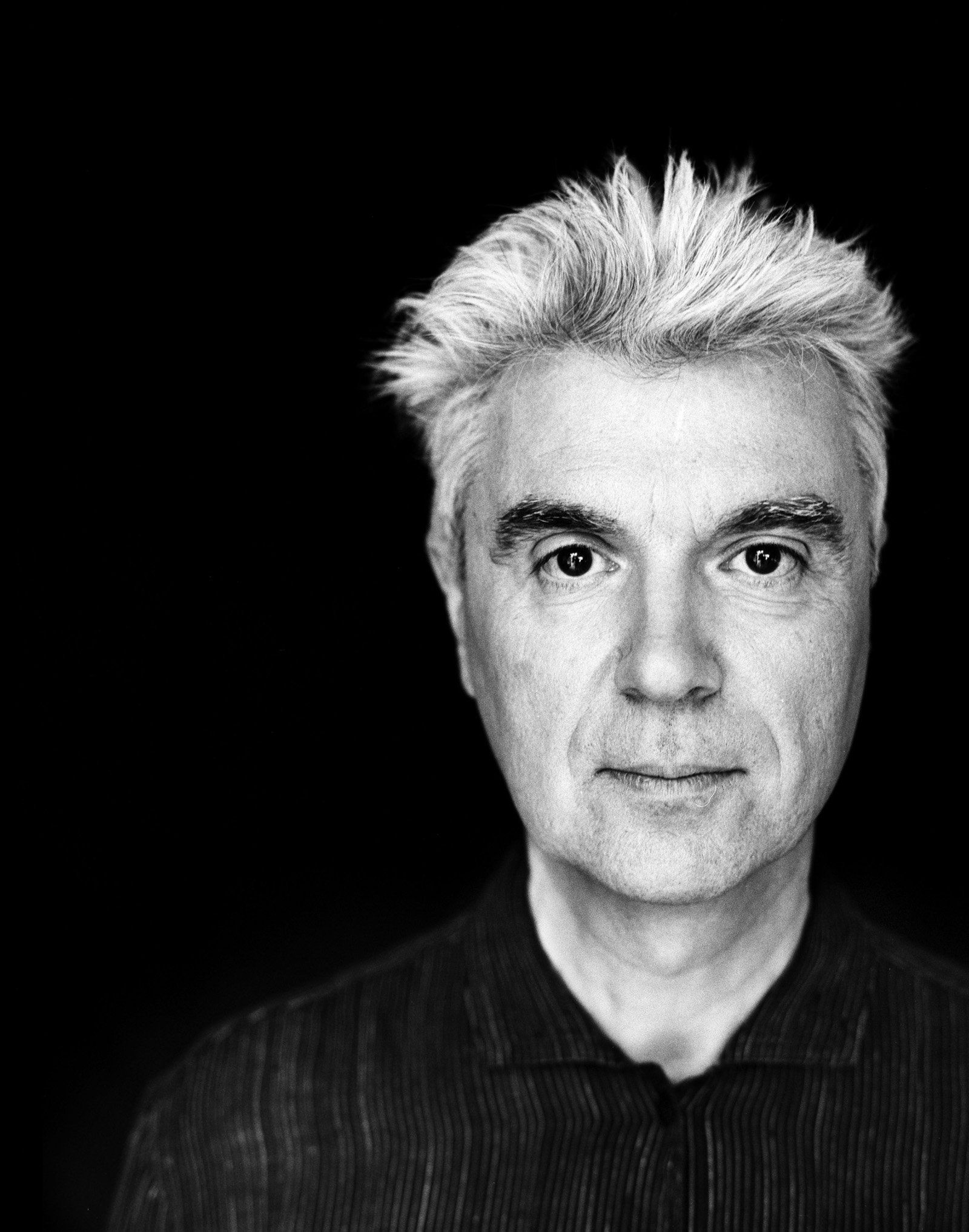
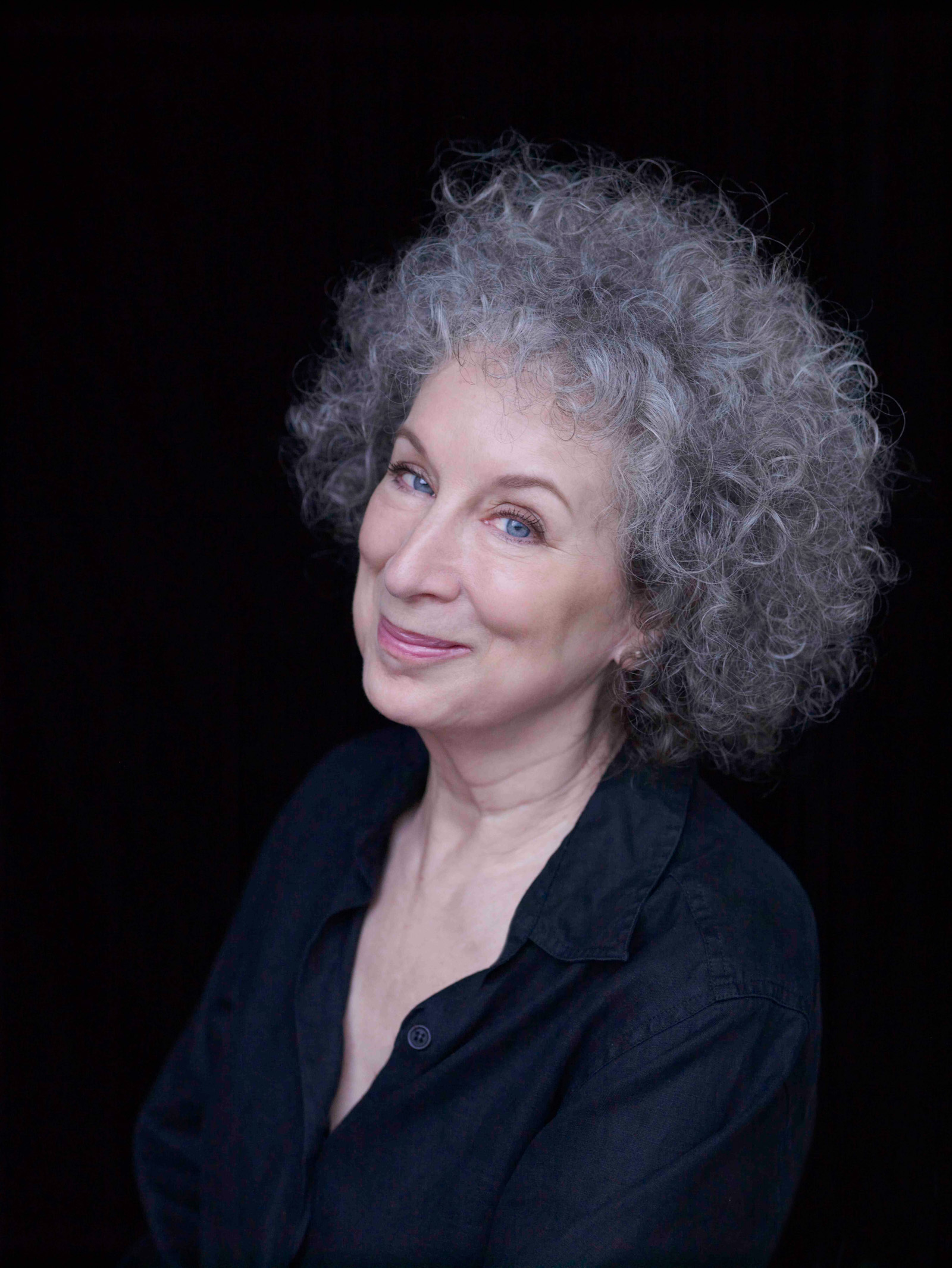
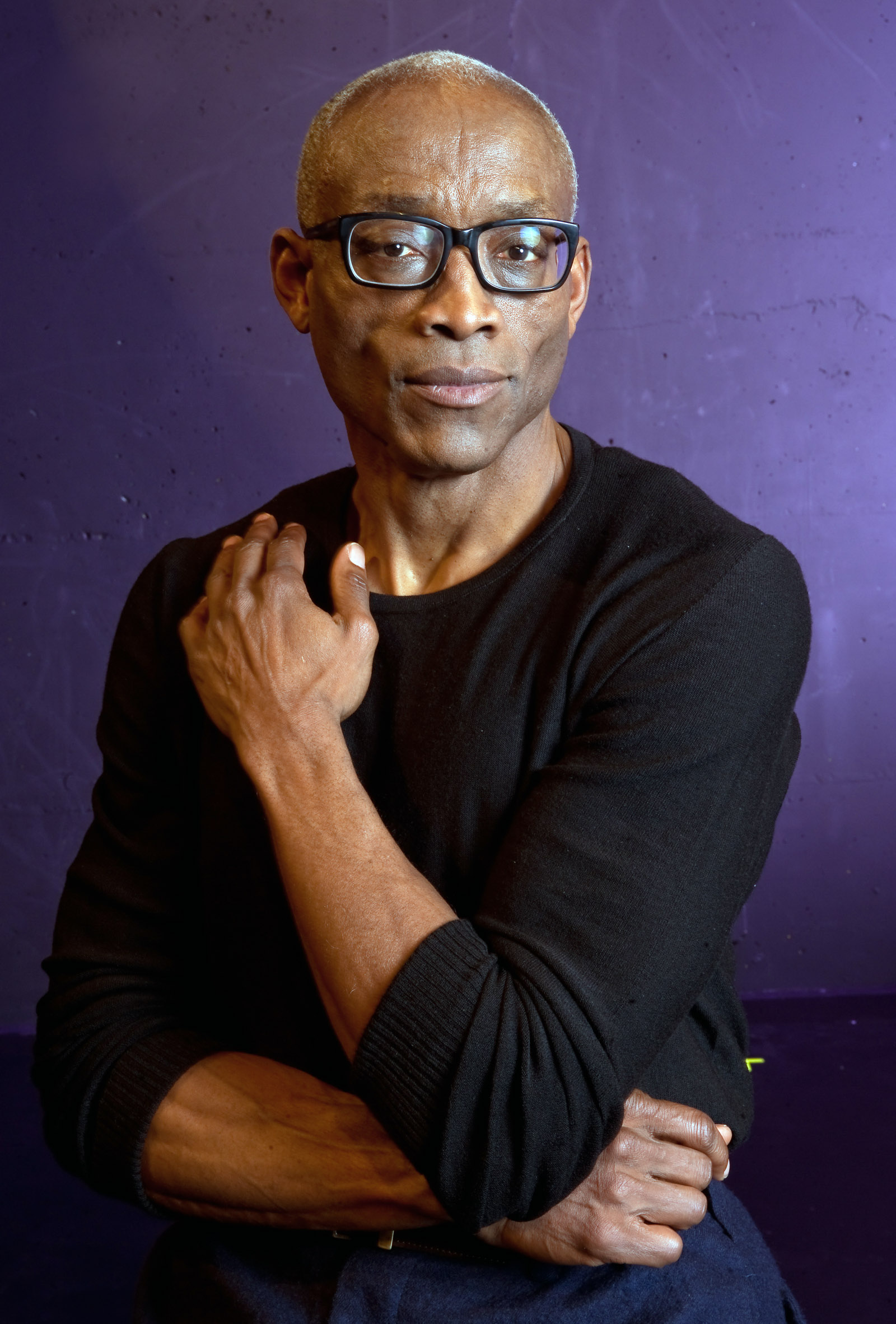



You must be logged in to post a comment.